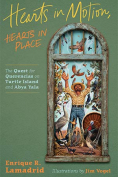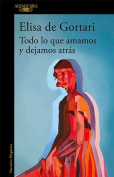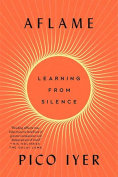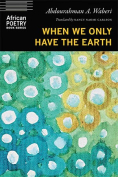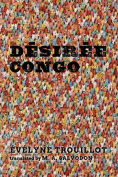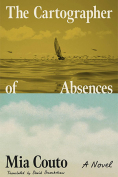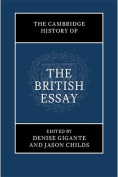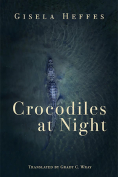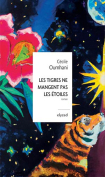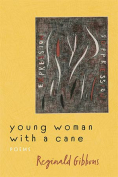Hearts in Motion, Hearts in Place: The Quest for Querencias on Turtle Island and Abya Yala by Enrique R. Lamadrid
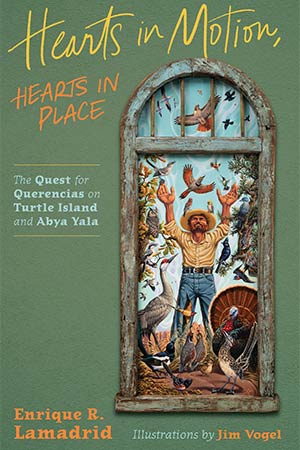
Abiquiú, New Mexico. Casa Urraca Press. 2025. 96 pages.
The book Hearts in Motion, Hearts in Place: The Quest for Querencias on Turtle Island and Abya Yala, by borderlands literary and bioregional folklorist Enrique R. Lamadrid, is a seminal work that encompasses a wide range of elements. It reads as a cultural treatise, a profound exploration into a wellspring of origins, an enchanted embodiment of place, and a rendezvous with nature in order to better understand the essence of querencia. The author spends considerable time contemplating and analyzing where querencia comes from, what it is, and how it manifests itself. The inward journey of meditations quickly becomes a multifaceted kaleidoscope of colors and songs where folklore, science, philosophy, religion, and nature commingle and blend into spiritual hybridities between Native American and Hispanic sensibilities.
Querencias represent the bedrock of a cultural worldview, defining the inhabitants and constituting it. No wonder Lamadrid calls it a “cartography of beloved lands and peoples” and “cosmologies of place” that evoke a distinctive sense of belonging. While he never explicitly refers to the “land of enchantment,” he effectively demonstrates and confirms why New Mexicans hold their region in high regard. Once a basic cosmography of place is established, the work transforms into an ornithological canvas with a poetic flair that describes a diverse array of birds that inhabit or visit the region. Many of these birds, such as condors in South America and other migrating birds, bear parallels to the region’s unique wildlife.
A multihued querencia emerges, encompassing both the elements (people) but also the intangible in the air (birds). This elaborate tapestry illustrates how flora and fauna contribute to an intricate sense of place. Hummingbirds, then, are viewed as more than hummingbirds:
flying north to claim boreal mountains and plains
conifer crowned, ponderosa to fir, to spruce,
with tundra meadows above or further north
wildflower blooms dripping with nectar enough
to guarantee the next generation
Lamadrid’s rendition of querencia evolves into a full ornithologist’s dream whereby a series of birds assume central roles in comprehending the physical world and their significance within folklore. Consequently, the upper atmosphere is merged with ground level to highlight birds’ importance as symbolic beings of such a vibrant ecosystem: a crow is a harbinger of death; hummingbirds dream of paradise; zoomers or zumbadores convey messages of life; white doves connect heaven and earth; golondrinas or swallows suggest suffering on the cross; the piñonero or the piñón jay uses its intelligence for finding stored food underground; the urraca or magpie is known as a rainbow walker rather than a scavenger or thief; capulineros or phainopeplas mimic other animals, and so on. Avian characters, along with deer, horses, and donkeys, collectively contribute to the creation of an unforgettable bestiary of New Mexico, underscoring strong cultural ties and the shared bond that evokes a rich and diverse natural environment. Together, these elements contribute to the formation of a homeland, which is imbued with a sacredness shaped by a Native American foundation and Hispanic cultural influences.
The notion of querencia here is elucidated in great depth and wisdom from various perspectives, often achieved through poetic expressions that harmoniously blend folklore with scientific knowledge. Ultimately, the objective is to emphasize the sacred qualities inherent in this “special place,” which serve as a sanctuary of healing and reconciliation where symbologies of diverse cultures engage in an active dialogue.
Francisco A. Lomelí
University of California, Santa Barbara



